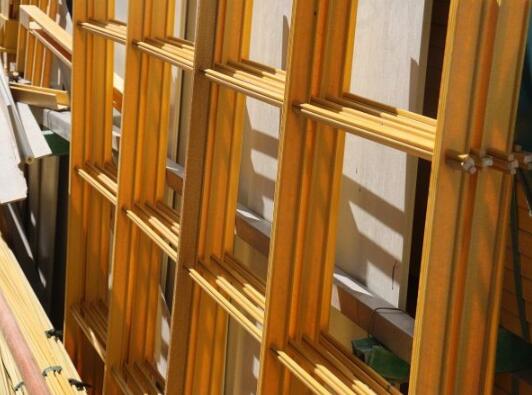What Is Pultruded Fiberglass Grating?
Pultruded fiberglass grating is a grating material created from fiberglass-reinforced plastic (FRP) using the pultrusion process. This type of grating is highly regarded in a variety of sectors, including industrial, commercial, and residential applications, as it exhibits exceptional strength, durability, and resistance to harsh environmental conditions. This article provides an overview of pultruded fiberglass grating, highlighting its features, benefits, and typical applications.

The Pultrusion Process
The creation of pultruded fiberglass grating involves a continuous manufacturing technique termed pultrusion. Continuous strands or rovings of fiberglass are drawn through a resin bath and subsequently through a heated die. The die shapes the material into the desired profile as the resin cures, yielding a strong, solid product.
This manufacturing method facilitates the production of grating with consistent cross-sectional shapes and quality. Pultrusion is not only efficient but also suitable for generating significant quantities of grating with specific dimensions and characteristics. The end product is lightweight yet remarkably strong, making it ideal for diverse applications.
Features of Pultruded Fiberglass Grating
Pultruded fiberglass grating possesses a variety of key features that enhance its appeal across multiple industries. A notable feature is its high strength-to-weight ratio. Despite being lightweight, it is capable of supporting heavy loads, thereby serving as a reliable substitute for traditional metal grating.
Another feature is its corrosion resistance. Unlike metal grating, which may rust or corrode upon contact with moisture, chemicals, or saltwater, fiberglass grating stands up to corrosive elements. This quality makes it suitable for environments that frequently encounter harsh chemicals, moisture, or inclement weather.
Moreover, pultruded fiberglass grating is non-conductive, which renders it a safer option in settings where electrical insulation is essential. Additionally, it is fire-retardant, enhancing safety in environments with fire risks.
Benefits of Pultruded Fiberglass Grating
The advantages of pultruded fiberglass grating are abundant, playing a significant role in its prevalent use in diverse sectors. One major benefit is its durability, allowing it to endure harsh conditions, including chemical exposure, UV radiation, and heavy foot traffic, without succumbing to wear. This longevity equates to lower maintenance costs and less frequent replacements, making it a valuable long-term investment.
Furthermore, its lightweight nature presents logistical benefits. It is simpler to transport, handle, and install than heavier materials such as steel or aluminum. This can lead to reduced labor costs and swifter installation, especially in large-scale projects.
Additionally, pultruded fiberglass grating is incredibly versatile. It can be tailored into a variety of shapes, sizes, and thicknesses to meet specific project specifications, and different surface finishes can be applied, such as grit for enhanced slip resistance, rendering it suitable for both indoor and outdoor applications.
Common Applications of Pultruded Fiberglass Grating
The applications of pultruded fiberglass grating are diverse, owing to its combination of strength, durability, and resistance to corrosion. It is commonly utilized in industrial flooring and walkways, especially in places like chemical plants, oil refineries, and wastewater treatment facilities, where it provides a secure walking surface while withstanding the corrosive effects of chemicals and moisture.
In marine environments, such as docks, piers, and offshore platforms, pultruded fiberglass grating proves invaluable, as it remains unaffected by saltwater and extreme weather, unlike other materials that may degrade readily.
Beyond industrial and marine uses, pultruded fiberglass grating also finds a place in architectural applications, including stair treads, handrails, and decorative elements. Its lightweight and customizable attributes lend themselves to innovative and functional design solutions for both commercial and residential projects.
Conclusion
In conclusion, pultruded fiberglass grating stands out as a flexible, durable, and cost-efficient material with distinct advantages that surpass traditional grating options. Its resistance to corrosion, lightweight nature, and extensive lifespan make it a preferred choice across various applications, from industrial flooring to architectural design.
If you are contemplating the use of pultruded fiberglass grating for your upcoming project or seek additional information regarding sourcing this material, it is crucial to partner with a reputable supplier. For more details or to discuss your specific needs, feel free to contact us.


